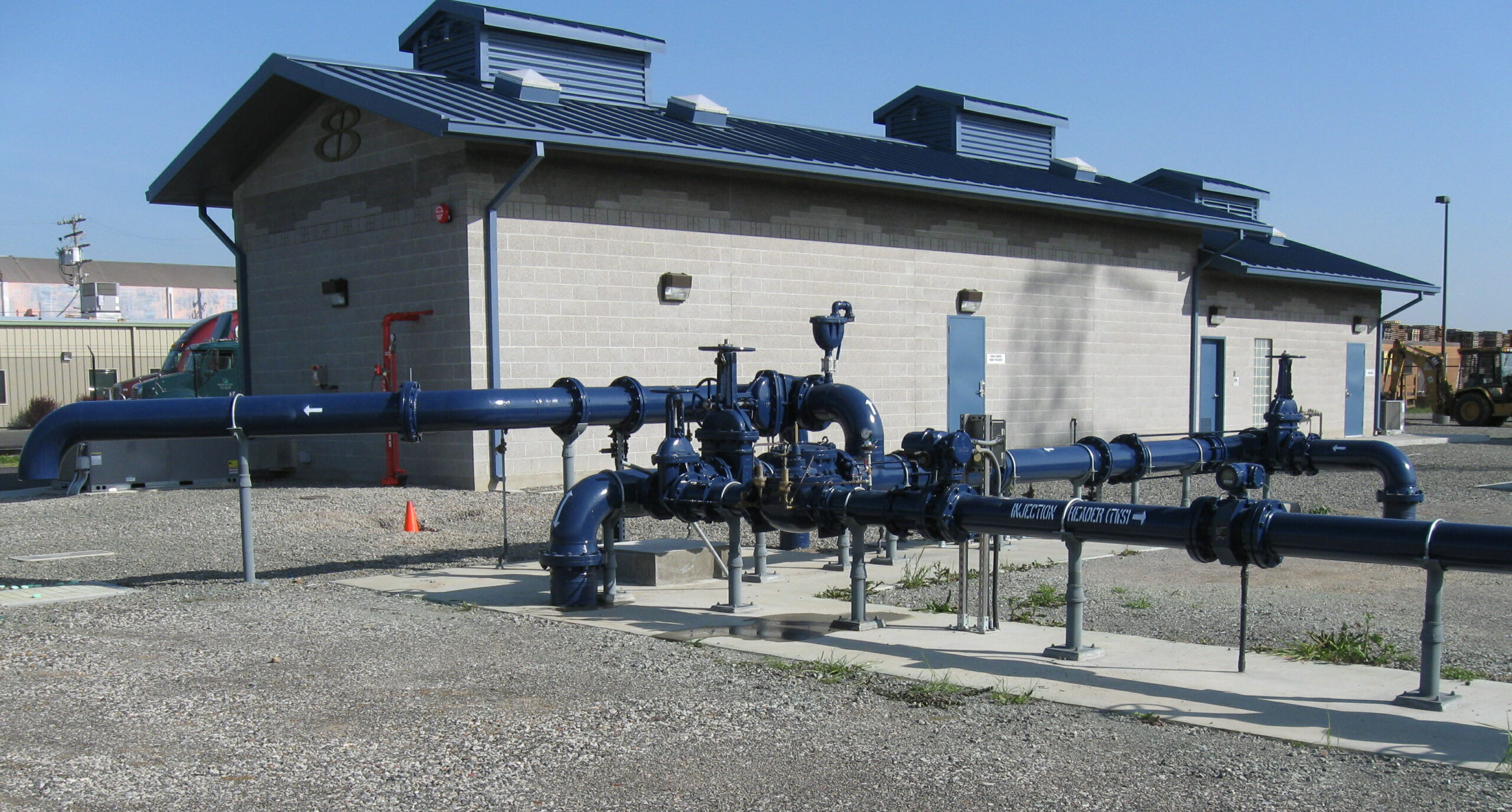
It’s a matter of semantics as to whether the Bay Area ever really left the drought of 2014-2017 before staring down another, more severe one beginning last year. But a huge lesson for our entire state from that “first” water shortage still being learned today is that more attention must be paid to groundwater. That’s true even in the urban East Bay, where the East Bay Municipal Utilities District (EBMUD) and the City of Hayward are developing a plan to ensure continued sustainable use of freshwater sitting beneath the East Bay flats from Richmond to Hayward.
In September 2014, Governor Jerry Brown signed into law three bills known as the Sustainable Groundwater Management Act. Among other things, the Act requires local water agencies overlying certain groundwater basins to develop plans to make these basins sustainable within 20 years of implementation.
Unlike in the Central Valley and some other parts of the state, groundwater use in the East Bay Subbasin is limited and already considered sustainable, says EBMUD senior civil engineer Brad Ledesma, who is leading the effort. But the district is still working to improve groundwater monitoring and develop for the first time a formal Groundwater Sustainability Plan (GSP) that will guide management of the subbasin for decades to come.
“Right now, pumping is way, way below our estimate of causing any issues,” Ledesma says. “There’s not enough pumping in the basin to cause undesirable results.”
The vast majority of individual water users sitting atop the subbasin get their H2O from EBMUD or Hayward supply sources originating in the Sierra Nevada and local reservoirs. But some do tap into groundwater for irrigation of golf courses, cemeteries, and private residences, he notes, mostly via shallow wells around 20 feet in depth drilled during the 1960s and ‘70s — though use of the aquifer for drinking water dates to the early 1900s. The relatively few remaining groundwater users are scattered throughout the East Bay Subbasin, but concentrated more heavily in its lower half from southern Oakland to Hayward.
Collectively, all current users of the subbasin extract approximately 3,600 acre-feet of water from the ground each year, or about 1.2 billion gallons. That number is far smaller than the 1960s peak of more than 20,000 acre-feet per year, and easily offset by natural recharge through runoff and rainfall, as well as managed injection during wet years at EBMUD’s Bayside Groundwater Facility in San Lorenzo, Ledesma says. Constructed in 2009, the Bayside facility is capable of pumping potable water, primarily sourced from local reservoirs, into the deep aquifer of the East Bay Subbasin, which at that location spans from about 400 to 1,000 feet in depth.
“Sustainable” is a notoriously slippery term in our current era, subject to greenwashing and varied interpretations. For the purposes of the Groundwater Sustainability Plan for the East Bay Subbasin, it refers to the avoidance of six sorts of “undesirable results”: chronic lowering of groundwater levels, reduction of groundwater storage, seawater intrusion, degraded water quality, land subsidence, and surface water impacts.
Though none of these are currently an issue, many threats lie ahead, most associated with our changing climate. Extended drought could lead to increased pumping from the subbasin, especially if it also reduces storage of surface water in the reservoirs on which EBMUD and its customers now rely. Additionally, sea-level rise could increase the risk of saltwater intrusion into the shallowest part of the subbasin, which reaches from about 200 feet to just 10 feet below the ground surface.
Ledesma acknowledges that while EBMUD currently does not make use of groundwater to service its 1.4 million customers, that could change in the future. “As a district, we’re always looking to help diversify our water portfolios, to help harden us against climate change and regulatory changes, and groundwater will potentially be a piece of that,” he says.
A draft of the East Bay Subbasin Groundwater Sustainability Plan was released for public review on September 17. Comments are due by November 1, and a final version will be submitted to the California Department of Water Resources by January 1 of 2022.
Top photo: EBMUD’s Bayside Facility. Photo: EBMUD
Related Estuary Stories
Other Links
Groundwater Basins in San Francisco Bay, USGS Fact Sheet
EBMUD Sustainable Groundwater Mangement